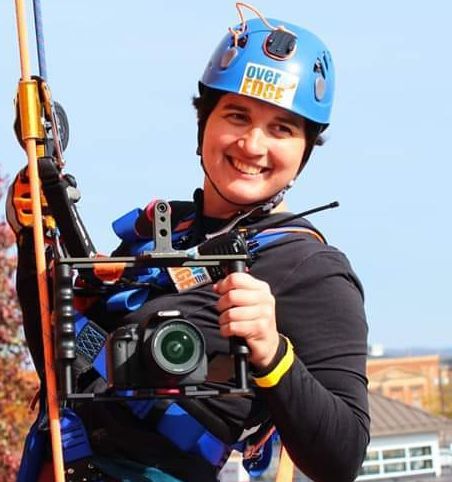Austin White was nine years old the first time he was charged with a crime.
Sitting on a park picnic table with his sister, the two children colored on the table top, which already was covered from top to bottom with graffiti.
White, now 20, chuckled as he recalled the police officer reading through the words on the table, some of them so graphic he wouldn’t want his own kids to hear them.
While he said they only drew on a portion of the table, the kids were charged with vandalizing the entire table and White had to do 300 hours of community service. It would be the start of a long journey of run-ins with the law, a growing addiction to crystal meth, and end with a stint in prison before rehab and recovery.
How do children fall into a life of crime? If this had a simple answer, crime among juveniles would not be the serious issue it is today.
While it may be simple for some to assume that crime can be tied to economic status, ethnicity or upbringing, the truth is, it does not discriminate, said Lycoming County Judge Joy McCoy.
“It’s not just kids whose parents have been involved in the system or who’ve been incarcerated, who commit crimes,” McCoy said. “It puts them at a higher risk …. But crime does not discriminate among juveniles.”
Juvenile crime across the country has been on a steady decline since it peaked in the 1980s and 1990s.
In Lycoming County, youth crime dropped from over 560 referrals to the county court system in 2009 to 336 in 2019, according to referrals sent to the Juvenile Probation Office.
Violent crime
While statistics show there is less youth crime today, violent crime seems to be on the rise.
“Kids are more violent today,” said Ed Robbins, retired chief of juvenile probation for Lycoming County. “They’re more apt to have a weapon or use a weapon.”
Robbins, who retired after 30 years of working with juveniles in Lycoming County, recalled kids “rumbling” in the 80s and 90s, but never the assaults and riots seen in recent years.
“We never had to deal with that as often as we do now,” Robbins said. A gun is “as easy to find as a bag of weed. You just have to ask a few questions to the right people and you’re going to be able to get the firearm if you have the money.”
Capt. Jason Bolt, assistant chief of police for Williamsport, has worked in the city for 17 years, including becoming a school resource officer for the Williamsport Area School District in 2007.
Bolt has begun working with juvenile offenders in elementary school until they graduate from high school and then again as adults. It’s a heartbreaking reality that he said many officers are faced with, but have limited opportunity to prevent.
“I’ve been able to watch, catalog and try to assist at every level… It’s unfortunate,” he said. “You still treat everyone with the same care that you can.”
Violent crime throughout the community will often come in waves, Bolt said. It often depends on which individuals are in, or out, of prison.
‘Guns were always around’
Eli Finnerty, a Williamsport native, began smoking weed when he was 12. From there he continued down a path of rebellion and revelry, culminating with more serious crimes and drug abuse in high school.
He routinely got in trouble with the police, often being brought back to his home late at night.
“Guns were always around,” Finnerty said. “Everybody had guns. Everybody I spoke to, everybody I hung out with… never really thought anything of it though. It didn’t matter, it didn’t scare me.”
Finnerty will be the first to admit he made many mistakes because of the friends he hung out with and because, as a young kid, it was fun. After electing to go to treatment court, Finnerty has now been clean for three years.
High risks
A lack of support, family structure, and increased peer pressure often put kids at a higher risk of falling into crime, according to McCoy.
“I have said so often to parents in a custody trial that if they don’t stop what they are doing, their child will end up in the criminal justice system,” McCoy said.
These risk factors are often analyzed among children in the school system in an effort to prevent them from entering the criminal justice system, she said.
“It’s very difficult to break that cycle, to show them a different way to prosper, a different way to succeed in life,” Bolt said.
But it’s not hopeless, he added. Some, like Finnerty and White, do break free, but the process is long and there are many who will never leave a life of crime.




